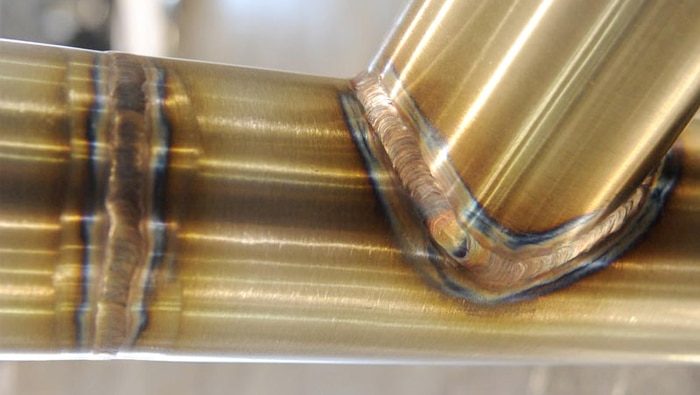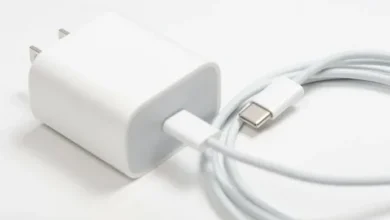All About Laser Welding Brass

What is Laser Welding?
Laser welding is a method of becoming a member of metals by using extreme beams of light. The laser heats the metal until it melts on the joint, joining the parts collectively. The steel cools and hardens when the laser goes off, growing a more potent weld. This manner is extra accurate, quicker, and produces a purifier weld with much less warmness, making it perfect for superior and bendy work.
Laser welding is a way that uses concentrated laser mild to join metals. View more.
Here is a quick precis:
Focused laser mild:
An intense laser beam is directed at the metal components to be assembled. This beam could be correct and may be adjusted to recognize specific regions.
Temperature and humidity:
The laser heats the metallic till it melts at the joint. The molded metal joins collectively to form a connecting fluid among the parts.
Cooling and Stabilizing:
As the laser travels backward, the molten metal cools and hardens, growing a more robust, stronger weld.
Interest:
Laser welding is correct, rapid, and produces an easy weld with minimal warmness consequences at the surroundings. Ideal for advanced work and sensitive information.
What is Brass?
Copper is a metal that includes two foremost factors: copper and zinc. It is a glittery gold and may be very durable and does not scratch easily. Bronze is used in many products with taps, musical gadgets and decorative items.
Bronze is an alloy of copper and zinc. It is understood for its splendid golden color and robust longevity.
Properties of Brass:
- Shine: It appears bright and golden.
- Solid and sturdy: Can deal with multiple programs without breaking.
- Stainless: It doesn’t scratch without problems, making it perfect for several environments.
Uses of Brass:
- Faucets and fixtures: Common in plumbing because they resist corrosion.
- Instruments: Used on trumpets and trombones to sound great.
- Luxury: This can be determined in jewelery and fixtures due to its aesthetic enchantment.
- In short, copper is a flexible, beautiful, and durable metal.
Why Use Laser Welding for Brass?
Very correct: Laser welding is very accurate. The laser beam can target small areas with fantastic accuracy. This makes it ideal for superior paintings in bronze.
Deficiency Disadvantage: The laser heats best in a small place. The rest is crimson, which means it’s now not too warm. As a result, there’s less danger of warping or damage at the weld web page.
Clean effects: Laser welding produces immaculate welds. There’s less dust and splash, meaning less wear after welding.
Fast movement: Laser welding is fast. Lasers can paint faster than many conventional welding techniques. This enables pace matters up and can store time.
How Does Laser Welding Work?
Preparation: First, the bronze pieces to be assembled are carefully prepared and arranged in order. Proper preparation helps ensure weld strength and stability.
Laser processing: A high-powered laser beam is focused on the joints where the copper pieces meet. The laser heats the copper until it melts. This pattern allows the lead to be assembled.
Cooling: When the laser fires, molten copper cools rapidly and hardens. This makes the weld stronger and even more robust.
Benefits of Laser Welding Brass
- Less warping: Because the laser heats only a small region, the lead is much less likely to sag or warp. This facilitates preserving the brass parts in shape.
- Fewer Stresses: How the laser heats and cools the brass reduces stresses that can lead to cracks or other problems. This helps ensure that the brass parts are solid and reliable.
- Strong Joints: The welds made by laser welding are solid. This means the brass parts will stay joined together well, even under pressure.
- Works with Many Types: Laser welding can be used with different kinds of brass and various thicknesses. This makes it a versatile choice for many jobs.
Where is Laser Welded Brass Used?
Electronics
Laser welding for electronic devices allows for the creation of small, unique connections. This is critical for components like switches and connectors.
Aerospace:
Astronauts use laser-handled bronze to manufacture aircraft components. The electricity and precision of a weld is essential to safety and efficiency.
Automotive:
Automobile manufacturers use laser welding to create copper elements in equipment.
Solid and smooth welds help ensure the proper functioning and sturdiness of those elements.
Art and ornament:
Laser welding is likewise used for furniture. The precision of the laser permits for detailed processing and superior finishes.
Conclusion
Laser welding is an excellent manner to join brass elements collectively. It is correct, short, and produces easy, sturdy welds. This technique is beneficial in lots of areas, which include electronics, aerospace, car, and ornament. Whether you want to make small electronic parts or sturdy additives for a plane, laser welding can offer the precision and high quality you want.




